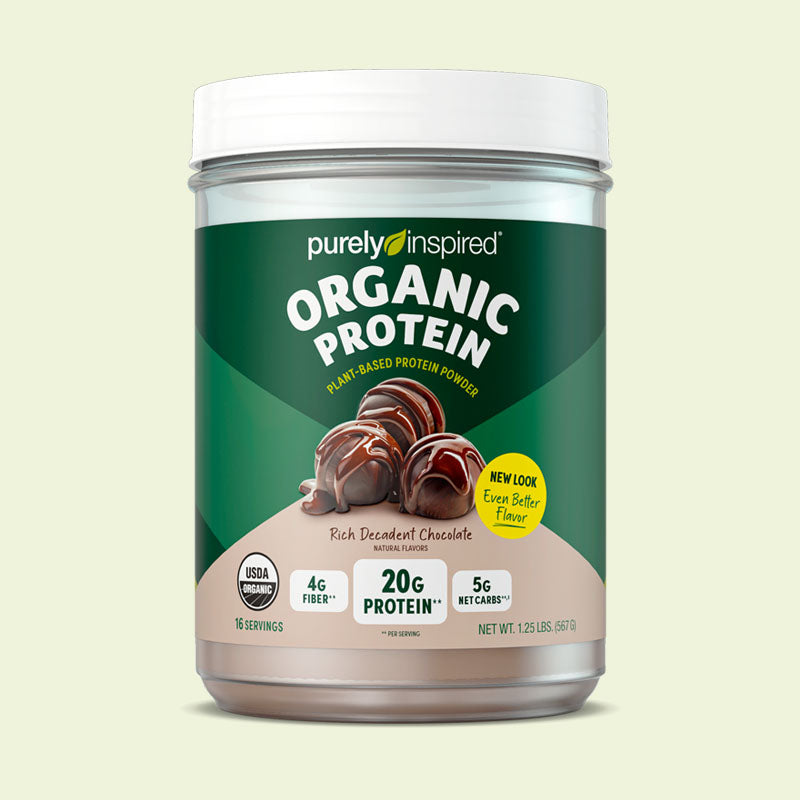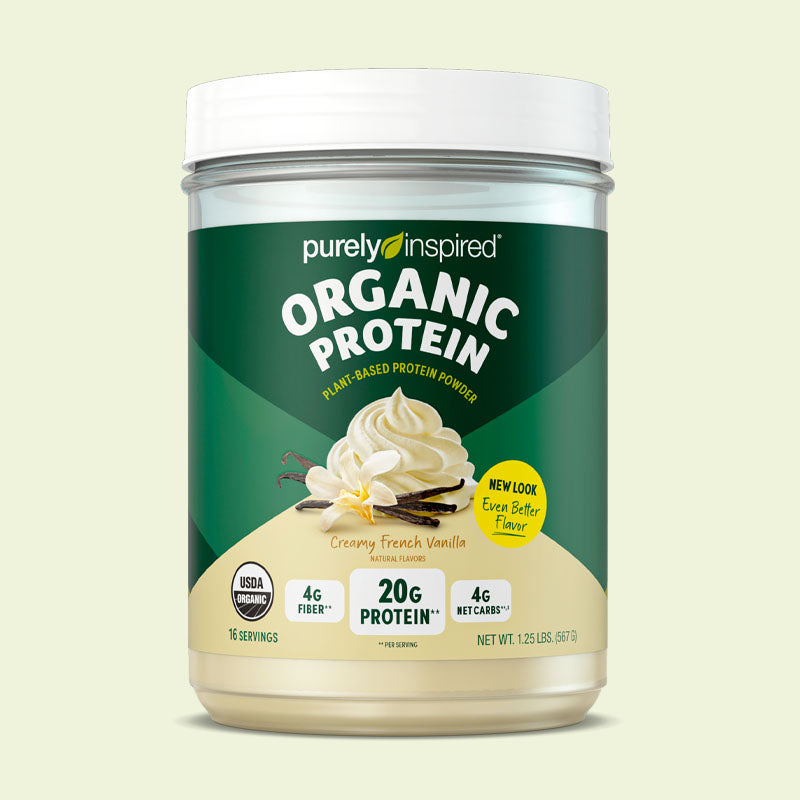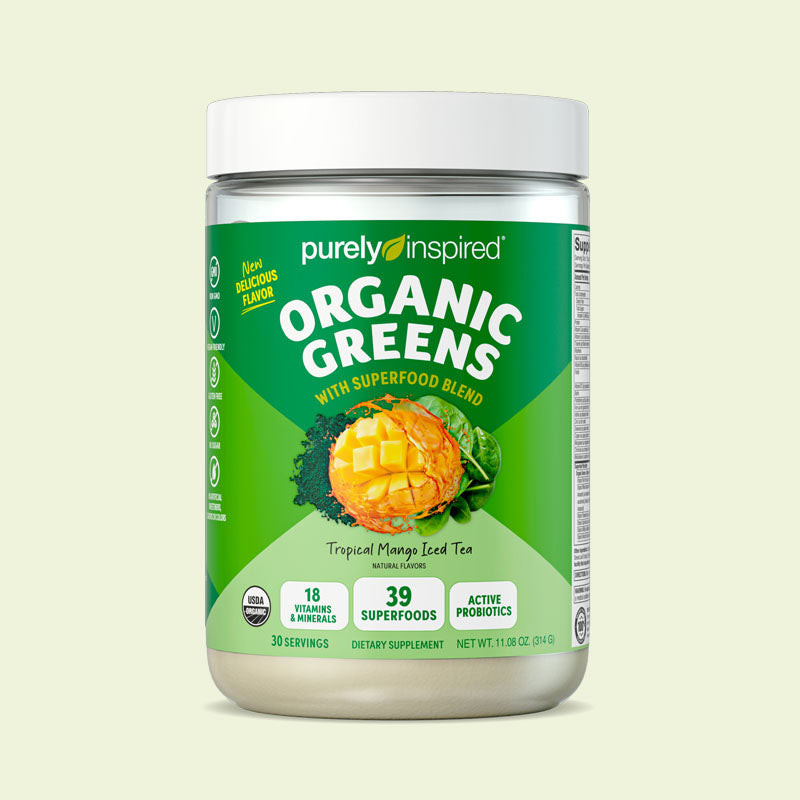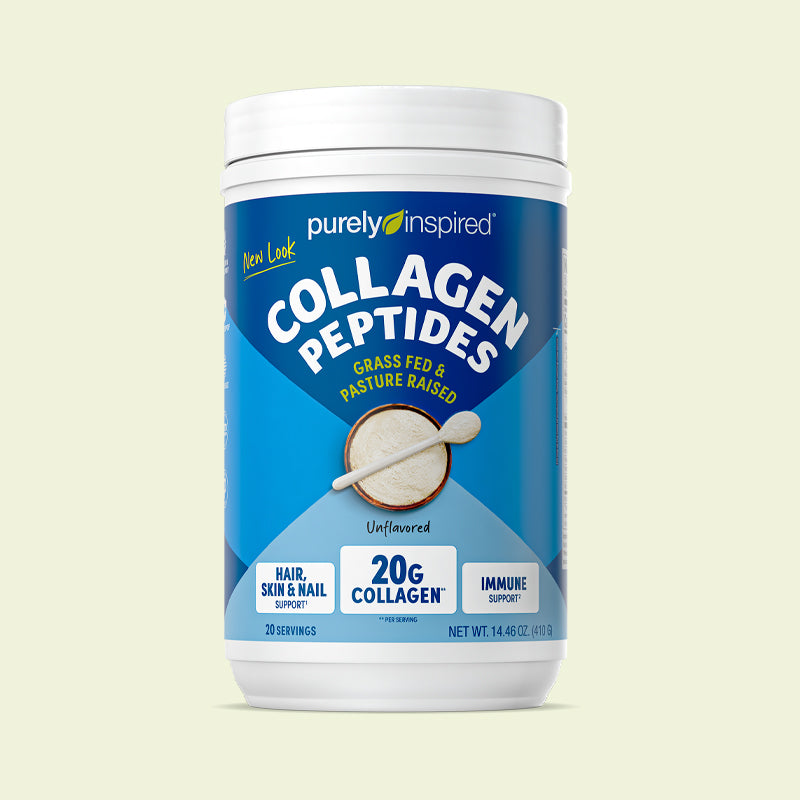Today, there are countless “anti-aging” products. Everything from so-called wrinkle-erasing serums to vitamin pills and meal replacements claims that they have the properties to keep you looking young. But what if there is actually a proven way to add not just years to your life, but to make them healthy and fulfilling?
Well, believe it or not, there is a way. A 2022 study revealed that certain dietary choices can significantly affect how long we live. And, the best thing is that these choices are pretty manageable, meaning they do not require changing your entire lifestyle.
So, if you are looking for ways to prolong your life, now is the time to learn how to do that. You will see that you do not need drastic changes to make your life longer and more joyful. In short, the best diet for longevity is a simple and healthy one!
Table of contents
What Is The Best Diet for Longevity?
The best diet for longevity is primarily plant-based, focusing on vegetables, leafy greens, fruits, nuts, beans, olive oil, and low-mercury seafood. These foods are rich in vitamins, minerals, fiber, and antioxidants, promoting health and reducing chronic disease risk while being low in saturated fats and processed sugars.
Limiting excessive meat and dairy is advised, with alternatives like goat's or sheep's milk suggested for those who prefer dairy. Incorporating fermented dairy products, such as yogurt and cheese, can also enhance gut health.
Longevity nutrition emphasizes healthy eating patterns. Key foods linked to increased life expectancy include legumes (like lentils and beans) and nuts, both of which provide essential nutrients that support heart health and aid digestion.
To embrace this diet, you will need to add beans to soups and salads, snack on nuts, and explore diverse plant-based recipes, all contributing to improved health and longevity.
How to Create Your Diet for Longevity?
When it comes to the best diet for longevity, there is not only one option. That is, there are plenty of ways in which you can customize your eating habits while including the best practices. This means that you can create your own diet and make the necessary adjustments according to your needs and preferences.
However, it is essential to stick to some guidelines that will help you achieve the results you expect.
1. Include Legumes in Your Diet on a Daily Basis
Legumes are basically the fruits or seeds from certain plants in the legume family. Some common examples include peas, edamame, chickpeas, various types of beans like kidney and black beans, peanuts, and lentils.
These foods are really nutritious and come with an abundance of protein and fiber. Plus, they provide important nutrients like iron and zinc. Moreover, legumes have antioxidants.
Since they are high in fiber, legumes are fantastic for your digestion, meaning they can help keep things moving along. .
So, if you want to create the best diet for longevity, you should consider adding more legumes to your meals. They are perfect for soups, stews, and casseroles since they maintain their texture during long cooking times and make dishes more hearty.
Also, you can blend beans into healthier dips and spreads, toss black beans on salads, or snack on roasted chickpeas for a crunchy, flavorful alternative to potato chips.
2. Opt for Whole Grains
Whole grains are basically the seeds from grasses that we grow for food. When we call them "whole," we are talking about the fact that they include all three parts of the seed - bran, germ, and endosperm. These whole grains are much better for you than refined grains because they pack in more vitamins and fiber.
Some good examples of whole grains are whole wheat bread, pasta, or crackers, oatmeal (like rolled or steel-cut), brown rice, popcorn, quinoa, and barley. Furthermore, eating whole grains can actually help you feel fuller for a longer time.
If you want to incorporate more whole grains into your diet for a long life, a good tip is to choose whole-grain products when you are shopping for bread or similar items. Look for labels that say “100% whole grain,” or check if whole grains (like whole wheat flour) are listed as one of the top ingredients.
You might also swap out white rice for brown rice, go for bran flakes instead of sugary corn flakes, or pick whole-grain pasta over regular pasta. Plus, you can add barley to your soups, enjoy a side of quinoa with dinner, or use whole-grain breadcrumbs to coat lean chicken.
3. Incorporate Nuts in Your Dishes
Nuts are incredible foods for longevity! They pack in healthy fats, plant-based protein, fiber, antioxidants, and a bunch of vitamins. Plus, when you munch on nuts, you are also getting important minerals like potassium and magnesium, which support your overall healthy lifestyle.
So, how can you incorporate more nuts into your longevity nutrition? A good serving size is about one ounce, which is roughly a quarter cup. If you are a fan of nut butter, two tablespoons count as a serving too! There are so many fun and tasty ways to enjoy them. You could toss some nuts into your salads or cooked veggies, or mix them into stir-fries for a delightful crunch.
Also, baking is not excluded from the combination. You can use nut flours in your recipes or even substitute them in pancakes for a nutty twist. If you are looking for a healthier alternative to breadcrumbs, crushed nuts work great for coating fish or can be sprinkled on top of dishes like mashed cauliflower or lentil soup.
Nut butter is super versatile, too! Dip fresh fruits or veggies like celery in it for a satisfying snack. Or, for breakfast, blend it into your smoothie or stir it into oatmeal for some added creaminess and flavor. There are endless possibilities to enjoy the benefits of nuts in your meals!
4. Choose Meat-Free Meals
We are not saying you should go vegan or vegetarian, but simply cut down on meals that include different kinds of meat. You can definitely start including plant-based meals in your diet more than just once a week if you're aiming for a longer, healthier life.
A study from 2022 looked into how our food choices impact our lifespan and found that reducing red and processed meats can lead to significant improvements in longevity.
Also, researchers identified five regions around the world - known as Blue Zones - where people live the longest and healthiest lives. These areas are quite diverse, including places like Okinawa, Japan, and Ikaria, Greece. One key similarity among these regions is that their diets are mainly plant-based, with beans and lentils being staples.
If you want to incorporate more meat-free meals into your diet for a long life, try swapping out meat for pulses, which include beans, lentils, peas, and chickpeas. Here are some easy ideas for making the switch:
Check out local ethnic restaurants that offer dishes made with pulses, like chickpea curry from India or lentil stew from Ethiopia.
Instead of adding chicken to a salad, go for lentil or black bean soup on the side.
Snack on veggies with hummus instead of reaching for jerky.
Use black-eyed peas in your stir-frys instead of meat.
These small changes can help you reap the benefits of a more plant-based diet!
What to Avoid When Following a Diet for Longevity?
There are so many fad diets out there that focus on what you should not eat, but this is not about cutting things out completely. It is really about finding a healthy balance. When trying to do so, you might want to cut back on some foods, such as sugary drinks, refined grains, and red or processed meats. The good news is, there are some easy swaps you can make! Instead of reaching for a sugary soda, consider grabbing a seltzer or a tea without added sugar. Adding slices of fruit to your water can give it a tasty twist, too. And remember, choosing whole grains over refined ones can make a big difference.
If red or processed meats are a big part of your meals, you might need to take it slowly. Start by trying to cut out red or processed meat from just one meal a day and gradually reduce your portion sizes.
Here are some healthy alternatives to consider:
Replace ground beef with ground turkey.
Opt for a tuna sandwich instead of one with lunch meats.
Choose roasted turkey, chicken, or salmon instead of beef, lamb, or ham.
Try grilling chicken kebabs rather than hot dogs or sausages.
Making these changes can help lower your intake of saturated fat, which has been linked to higher cholesterol and heart disease risks. The best diet for longevity is about finding the perfect balance, not eliminating all the possible foods you enjoy.
Over to You
For health and living a longer life, there is no single magical solution. It really comes down to taking a holistic approach to your overall well-being. This means paying attention to various aspects of your life, including what you eat, how you stay active, and the quality of your social relationships.
Instead of just thinking about the immediate results of the best diet for longevity, it is essential to adopt a long-term mindset. Nourishing your body with the right foods can significantly lower your risk of developing chronic diseases down the road. Plus, by prioritizing your health today, you are setting yourself up for not just a longer life but one that’s filled with vitality and energy.
- https://pubmed.ncbi.nlm.nih.gov/37867396/
- https://pubmed.ncbi.nlm.nih.gov/35042569
- https://immunityageing.biomedcentral.com/articles/10.1186/s12979-016-0066-z
- https://www.ahajournals.org/doi/10.1161/CIR.0000000000000743
- https://www.nhlbi.nih.gov/health/metabolic-syndrome
-https://pmc.ncbi.nlm.nih.gov/articles/PMC8824353/







